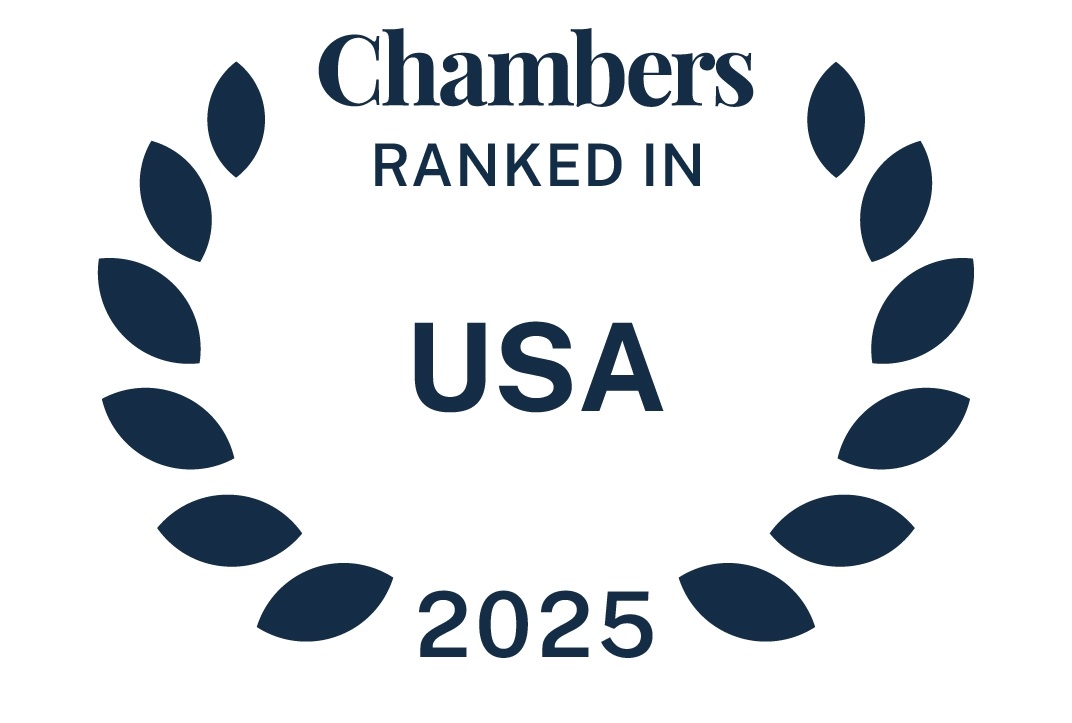With its latest lawsuit to block an acquisition of physicians, the Federal Trade Commission (FTC) confirmed last week that monitoring physician consolidation is a priority. The FTC and North Dakota Attorney General sued to block the proposed acquisition by a health system (Sanford Health) of Mid-Dakota Clinic (MDC), which both serve the areas of Bismarck and Mandan, North Dakota. The deal would allegedly create very high market shares in several physician service markets.
WHAT HAPPENED- Sanford Health is a vertically integrated health system, which operates a general acute care hospital in Bismarck and clinics providing primary care and specialty services. Sanford employs approximately 160 physicians who work in Bismarck or Mandan. MDC is a multispecialty medical practice employing 61 physicians who provide services in Bismarck.
- Concurrent with its sealed federal complaint to preliminarily enjoin the deal, the FTC filed an administrative complaint that alleges that the transaction would create anticompetitive effects in four physician service markets: adult primary care services, pediatric services, Obstetrics and Gynecology (OB/GYN) services, and general surgery services. Sanford and MDC are the area’s two largest providers of each of those services; in general surgery, they are the only providers.
- The complaint contends that the relevant geographic market is no larger than the four-county Bismarck, ND Metropolitan Statistical Area. The FTC alleges that this area encompasses the locations where, to be marketable to employers, commercial health plan networks must include physicians.
- The complaint alleges that Sanford and MDC are each other’s closest competitors and that the combination would result in post-transaction market shares of 75 percent for adult primary care services, over 80 percent for pediatric services, over 85 percent for OB/GYN services and 100 percent of general surgery services.
- The FTC rejects as unsubstantiated and not merger specific the parties’ claims that the transaction would yield significant cost savings and quality improvements. In any event, the FTC alleges that the claimed efficiencies do not outweigh the transaction’s likely competitive harm.
read more


 Subscribe
Subscribe
